Waissi Engine Update: The Differences Between Waissi and Bourke Engines

Bourke Engine (click for animation)
In a comment to my post last month about Professor Gary Waissi’s new piston engine that has no connecting rods between the pistons and the crankshaft, one of our readers asked about similarities to the Bourke Engine, invented by Russell Bourke. Based on the diagrams of the Bourke motor, that seemed like a good question, so I asked Prof. Waissi about it. I received his reply today. Waissi said that while there were similarities between his engine and Bourke’s, there were also substantial differences, resulting in the Bourke engine having more operating friction. Dr. Waissi also said that he hoped to have a two-cylinder prototype of his own design assembled and running by the end of this year. Waissi’s response after the jump.
Thank you for the message, and for writing the article. I am very familiar with the Bourke engine and concept; a Scotch Yoke engine. A number of similarities, including aligned cylinders, and connected piston structure. The main difference is, as clearly shown in the animation, that the Bourke Engine uses a “conventional” crankshaft with “yoke”. There is no “yoke” in the Waissi Engine, because the crankshaft is like a camshaft (a straight shaft).
The Bourke engine does also not use hydrodynamic lubrication in-between the bearing rings, which does not, in my estimation, reduce the friction, but increases it. Both engines, the Bourke and the Waissi Engine, have only primary piston forces (because of no piston rods), and therefore are simpler to balance. In the Waissi Engine design the crankshaft is actually like a camshaft — a straight shaft; and an off-set camdisk, and a hydrodynamically lubricated bearing ring. The bearing ring has a significantly larger surface area (between the inside surface of the ring and the disk outer perimeter) distributing the piston force to a larger area resulting into a lower bearing pressure.
Another advantage of the Waissi Engine is manufacturability — straight shaft vs. crankshaft — especially with multi-cylinder engines; you can use the same cam(crank)shaft for engines with different piston strokes, by just changing the disk (as the stroke depends on the disk off-set). For example in an F-1 engine the stroke is 40 mm; andf for “regular” engines the stroke varies widely (60- 70- 80- 90- 100 mm). With regular engine designs, including the Bourke engine, for every variation you need a new crankshaft. With the Waissi Engine from a F-1 engine to a pick-up truck engine you need just one.
I am currently working on a two-cylinder version of the Waissi Engine. My plan includes to get a testable version running before the end of the year. (A two-cylinder version, because it is cheaper to build).
Ronnie Schreiber edits Cars In Depth, a realistic perspective on cars & car culture and the original 3D car site. If you found this post worthwhile, you can dig deeper at Cars In Depth. If the 3D thing freaks you out, don’t worry, all the photo and video players in use at the site have mono options. Thanks for reading – RJS

Ronnie Schreiber edits Cars In Depth, the original 3D car site.
More by Ronnie Schreiber
Latest Car Reviews
Read moreLatest Product Reviews
Read moreRecent Comments
- Probert They already have hybrids, but these won't ever be them as they are built on the modular E-GMP skateboard.
- Justin You guys still looking for that sportbak? I just saw one on the Facebook marketplace in Arizona
- 28-Cars-Later I cannot remember what happens now, but there are whiteblocks in this period which develop a "tick" like sound which indicates they are toast (maybe head gasket?). Ten or so years ago I looked at an '03 or '04 S60 (I forget why) and I brought my Volvo indy along to tell me if it was worth my time - it ticked and that's when I learned this. This XC90 is probably worth about $300 as it sits, not kidding, and it will cost you conservatively $2500 for an engine swap (all the ones I see on car-part.com have north of 130K miles starting at $1,100 and that's not including freight to a shop, shop labor, other internals to do such as timing belt while engine out etc).
- 28-Cars-Later Ford reported it lost $132,000 for each of its 10,000 electric vehicles sold in the first quarter of 2024, according to CNN. The sales were down 20 percent from the first quarter of 2023 and would “drag down earnings for the company overall.”The losses include “hundreds of millions being spent on research and development of the next generation of EVs for Ford. Those investments are years away from paying off.” [if they ever are recouped] Ford is the only major carmaker breaking out EV numbers by themselves. But other marques likely suffer similar losses. https://www.zerohedge.com/political/fords-120000-loss-vehicle-shows-california-ev-goals-are-impossible Given these facts, how did Tesla ever produce anything in volume let alone profit?
- AZFelix Let's forego all of this dilly-dallying with autonomous cars and cut right to the chase and the only real solution.

















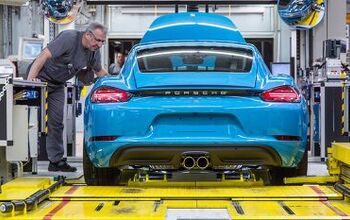



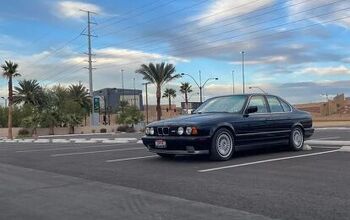
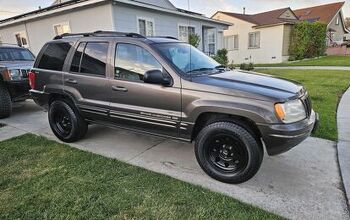

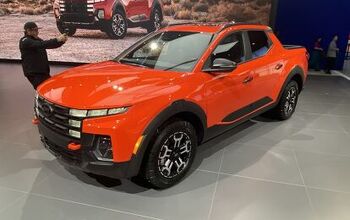
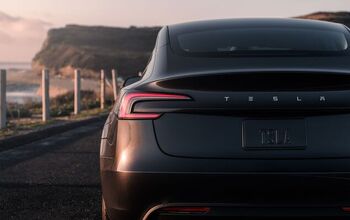
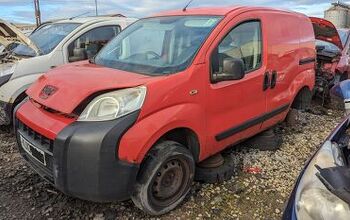







Comments
Join the conversation
The only differences I see between the Wasai and the Bourke are the diameter of the crankpin journal and the structural method of connecting the two opposed pistons. Whether you you use anti-friction (Bourke) or fluid film (Wasai) is moot. If i were to bet on which is lower friction, I would put my money on Bourke. A problem that both these engines have is balance. Unlike an opposed twin crank engine, the pistons do not "box". Instead they shuffle back and forth. Yes, you can put a balance weight on the crank/eccentric to oppose the reciprocating mass, but then you introduce an unopposed reciprocating mass acting perpendicular to the piston. Some designs of these types of engines use two pairs of pistons in a cross type arrangement to deal with this. But then you will still have the second order (moment) shaking forces to deal with. I agree with the commenters who pointed out that this mechanical fiddling doesn't do anything to improve the thermal efficiency. What is needed is something that turns more of the fuel energy into mechanical work instead of lost heat. The other area is part throttle efficiency, which is dismal for spark ignition engines.
After three years, the inventor couldn't afford to renew the patent, which resigns this idea to oblivion, like many others. I'm afraid it takes $millions to even build a prototype and patent it. I should know, because I'm in the process of doing that very thing myself. I can never understand why people make their ideas public before they are able to substantiate their claims with real numbers taken off the dynamometer.